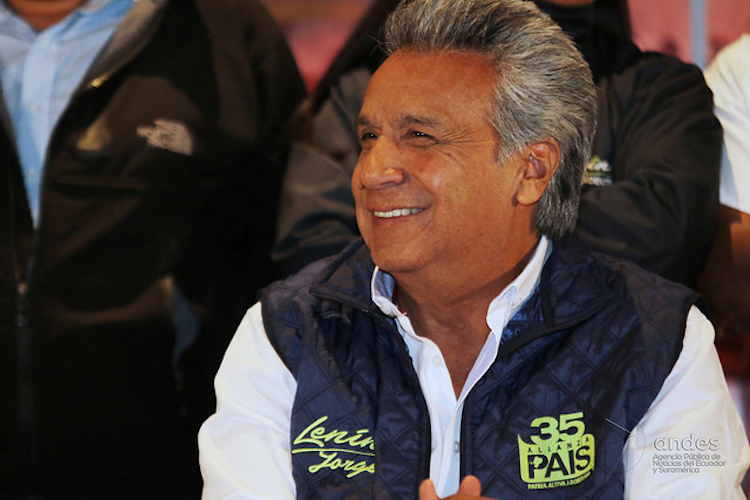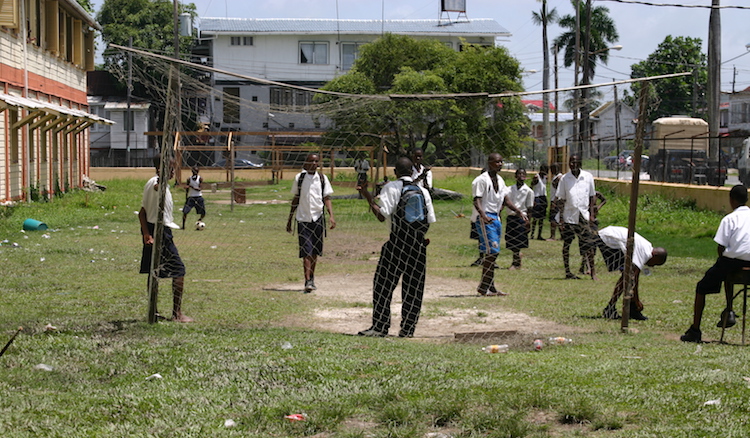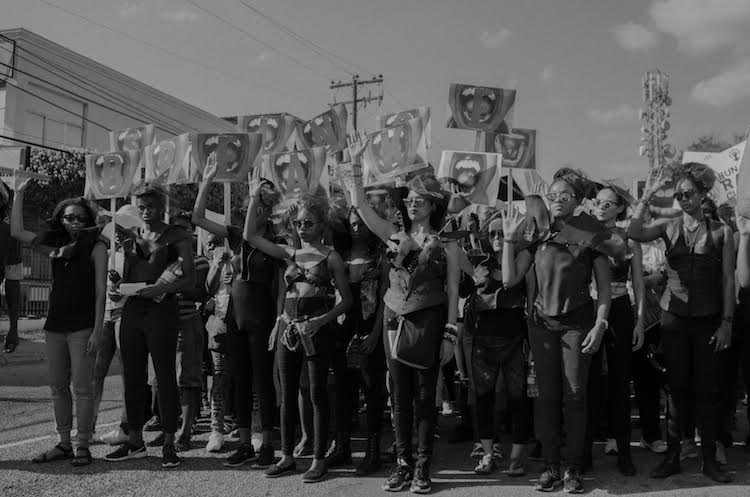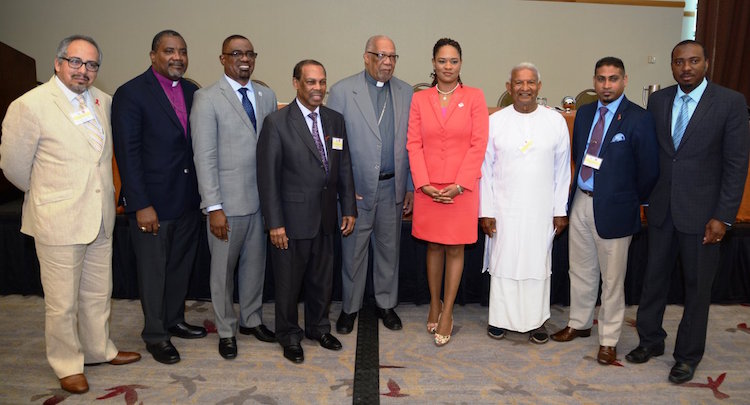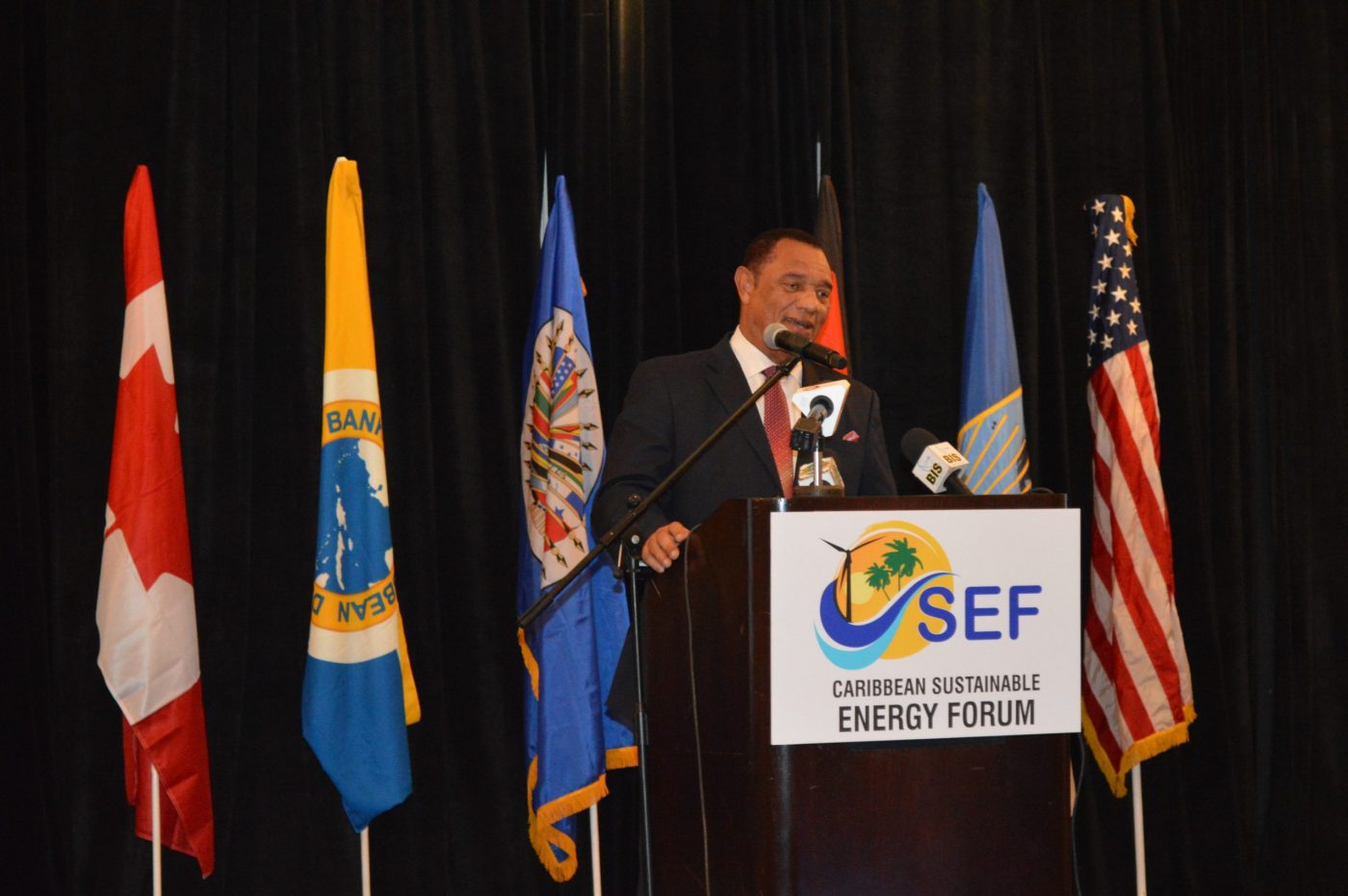Analysis by Marcelo Colussi*
GUATEMALA CITY (IDN) – The triumph of left-wing candidate Lenin Moreno in the presidential elections at the beginning of April is a breath of fresh air and a sign of hope for the people of Ecuador, who can expect to see a continuation of the social measures initiated previously by the government of Rafael Correa.
Had right-wing candidate Guillermo Lasso won, these policies would have been radically suppressed, and society as a whole would have been led towards models of the most savage capitalism with semi-feudal nuances, as had been the case for centuries in the country.
The triumph of Moreno means that the progress recorded in recent years will be maintained and, in this sense, transmits hope.

